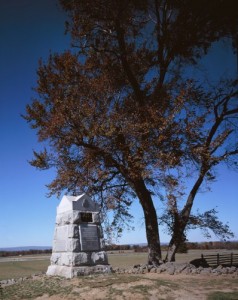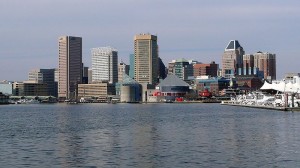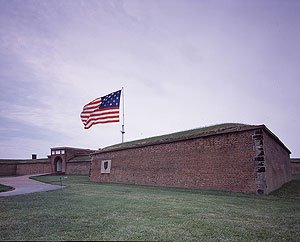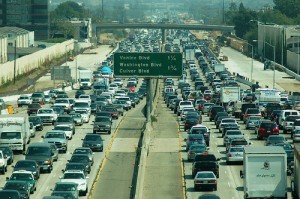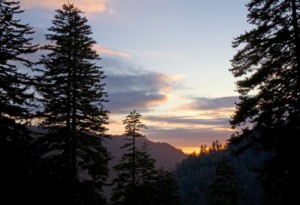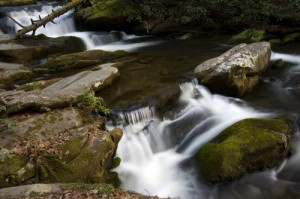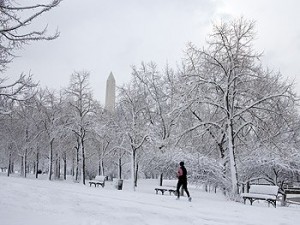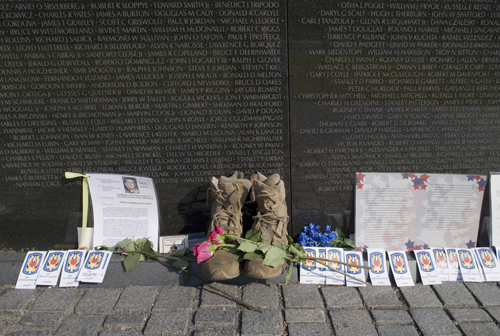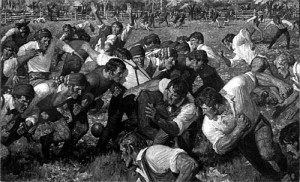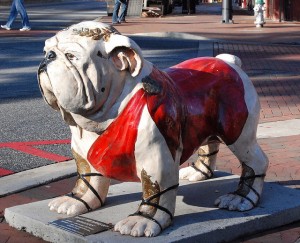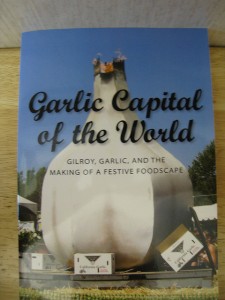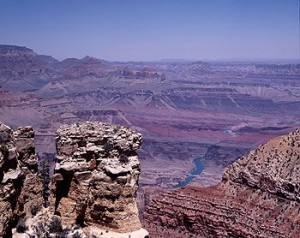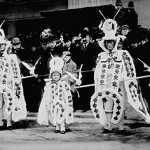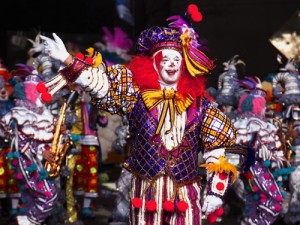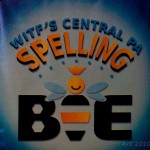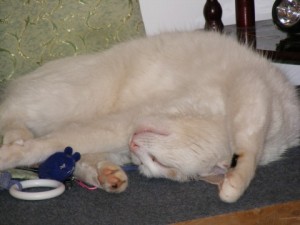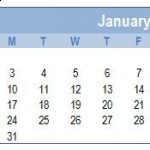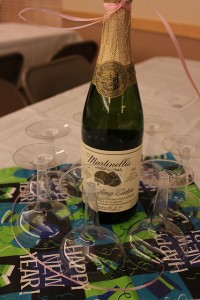If you’re into the U.S. Civil War of the 1860s, this is your year in heaven. It’s the 150th anniversary of the beginning of that brother-against-brother conflict in which more than 600,000 Americans died, many quite miserably in hand-to-hand battle. For the sesquicentennial year, a number of Civil War scholars are trotting out new books that examine every imaginable angle of that war.
Since more books have been written, worldwide, about our “War Between the States” than about any other subject save for religion, it’s hard to imagine what some of those new angles might be. Maybe one will be an angle about The Angle! That was a spot on the decisive Gettysburg battlefield where a low stone fence forced Union troops to form a 90-degree angle as they repulsed “Pickett’s Charge” — the Confederates’ pell-mell rush, mostly into certain death.
I’m no Civil War scholar, but like millions of Americans, I’m aware of its profound effect upon our nation, and some of its object lessons.
Some of them are the subject matter of a book by an unlikely Civil War historian. Unlikely, because he’s not the pipe-smoking, tweed-jacket-wearing professor, ruminating in an ivory tower. He is and has long been an entrepreneur and businessman who happens to love history — the “War of Northern Aggression,” as some Southerners still refer to the conflict — in particular.
These days, Tom Wheeler is managing director of Core Capital Partners, a Washington, D.C., venture-capital firm that invests in new technology and communications undertakings. More pertinent to our topic, he’s also the former chairman of the foundation that looks after, and helps to fund, our nation’s National Archives, where you’ll find all sorts of Civil War treasures.
Wheeler’s leadership book plucks several examples of decision-making under fire from the annals of the Civil War. (Tom Wheeler)
Scholars and ordinary readers the world over replay strategy and debate what might have happened had the southern Confederacy won the Battle of Gettysburg — or even the war. In his book, Take Command: Leadership Lessons of the Civil War, Wheeler zeroes in particularly on the weak and strong decisions of its generals.
When he was a boy in Columbus, Ohio, his grandfather, a retired U.S. army colonel, walked him across the fields and hillsides of many of the great battlefields of that savage war. So he was already an enthusiastic student of war as he left college and moved into the business world. Almost subconsciously, he found himself diagramming battle strategies in the board room and referring to the management styles of the war’s commanders.
Almost before he knew it, he was writing and writing and writing about the war.
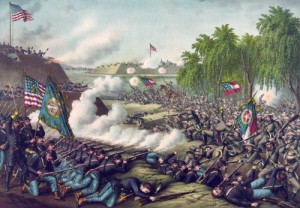
Civil War soldiers did not march upon each other in gentlemanly ranks as had once done in European conflicts. (Library of Congress)
Tom Wheeler says that like most business leaders 150 years later, Civil War generals had to deal with sudden change. Society moved quickly from an agrarian to an industrial model, and weapons took on great killing power. Leadership qualities like a willingness to take risks were crucial to success.
“A battle is over in a couple of days,” Wheeler told me. “It is very public. There are no secrets. It’s out there for the world to see the decisions that you are making. It has clear-cut winners and losers. It has an intensity that is literally life and death.” Read the rest of this entry »

